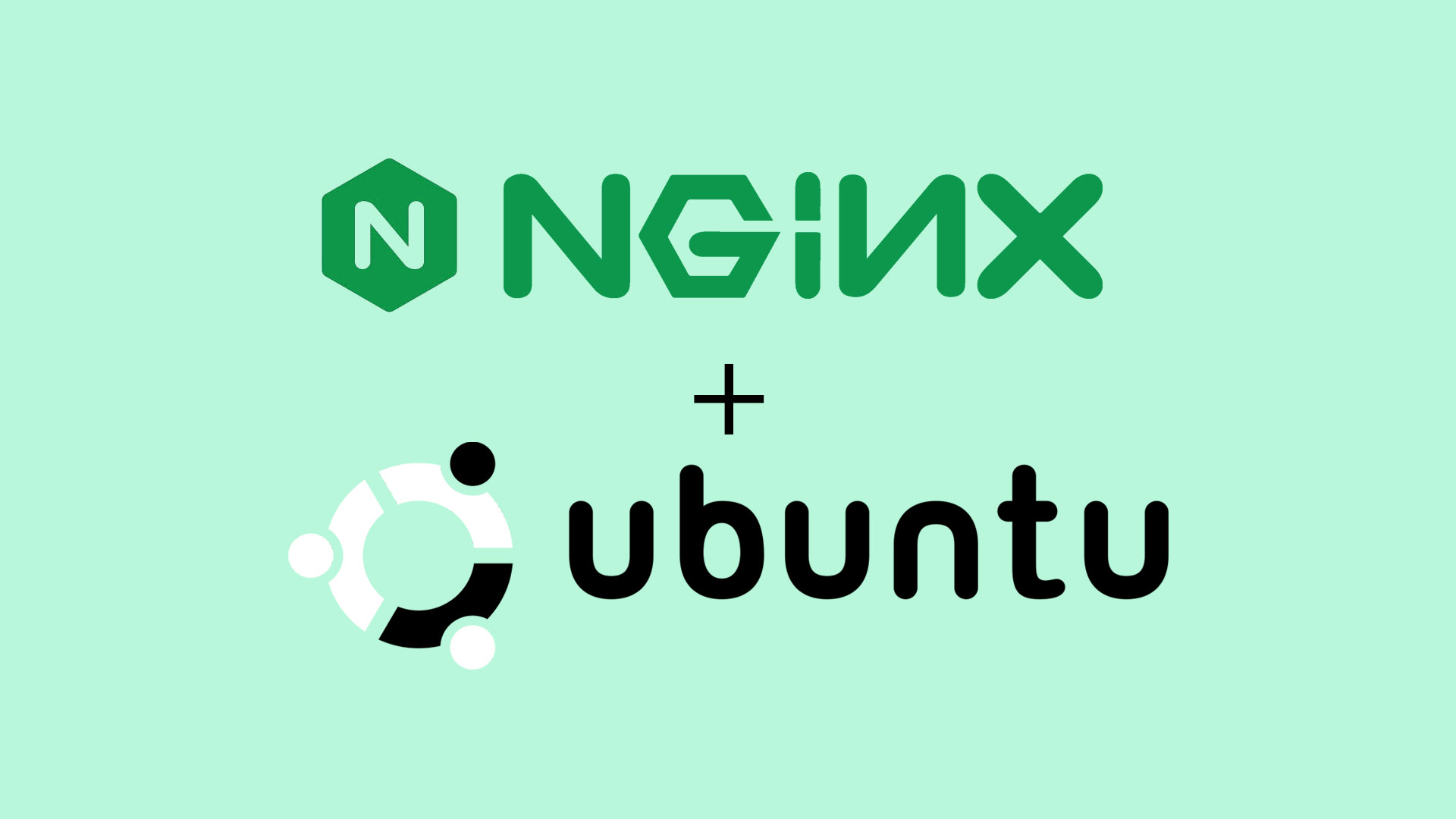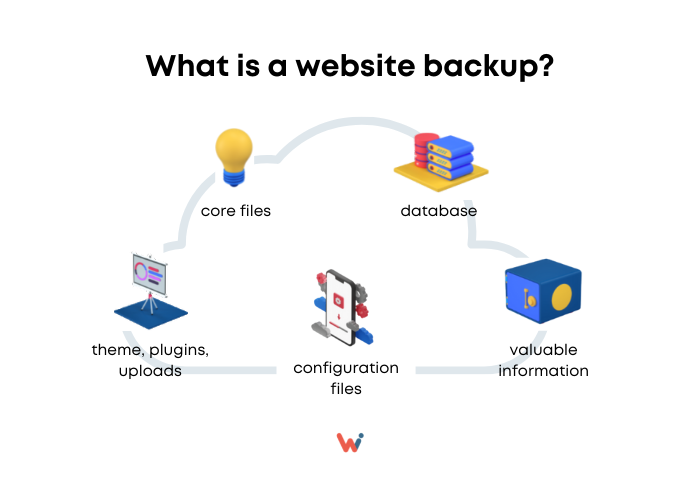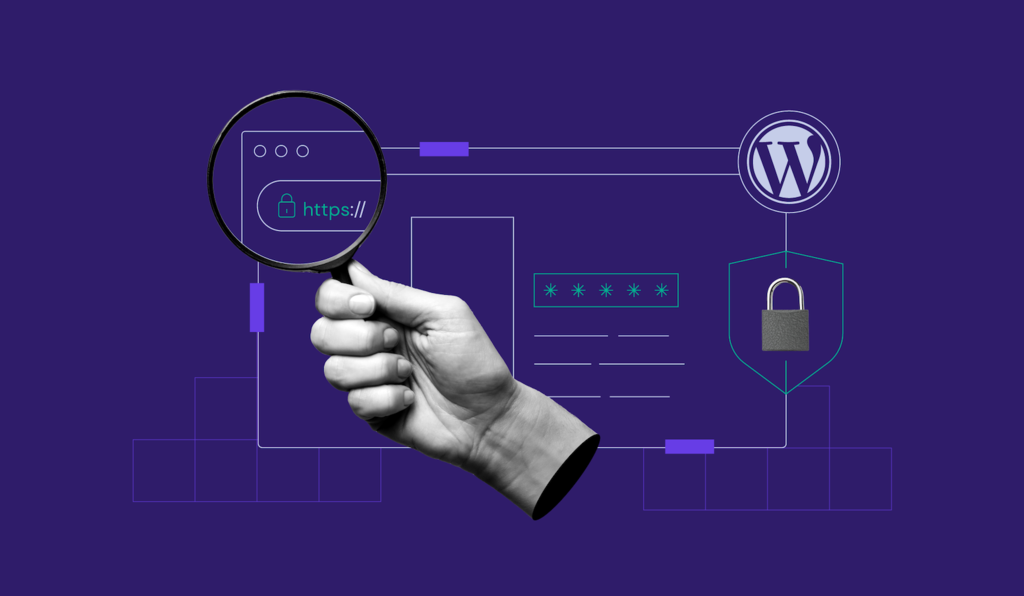
With more people shopping online, security measures for e commerce are becoming more important. These security measures are focused on the transaction portion of the website, trust between clients, outflow website, as well as vulnerabilities in defense. While traditional perimeter defenses work well to protect against intruders and can prevent all types of online attacks, they cannot stop all. By focusing on finding the weakest points in a defense, ecommerce security measures are becoming more effective and popular.
Multi-factor authentication
Multi-factor authentication is essential for online security. It helps reduce the risk from fraudulent purchases and administrative data breaches. Experian found that only 44% percent of businesses use the technique. Modern MFA solutions balance security with convenience. Check out the NIST Cybersecurity Practice Guide for more information about multi-factor authentication.
Multi-factor authentication (MFA) works by temporarily locking a user's account after suspicious activity is detected. This is a great way to protect sensitive data, and prevent unwelcome guests. It also provides a higher level of control over the authentication process.

Address verification system
One of the most common security measures used in e commerce is an Address Verification Service (AVS). This service compares the purchaser's billing address to that on file with the issuing banks. This allows merchants the ability to prevent fraudulent transactions from happening.
During the compare step, the issuer verifies the numeric portion of the address, including the ZIP/postal code and residence number. This is harder for apartment and suite addresses as they are often difficult to match. However, if the address contains the street name, the address verification system may still approve the transaction.
Encryption
Encryption as part of security measures for e commerce can help safeguard your customer's private information from unauthorized access. This is critical for any type transaction on the internet, whether you are selling a product or service. Any security breach can undermine the trust of your customers in your ecommerce.
Ecommerce websites can have security issues that are not only common but also highly technical. There are skilled security professionals that can help you. Cyber-attacks can be costly. Ensure that your customers are safe.

Content delivery network
Content delivery networks, or CDNs, are large networks of servers that deliver online content according to the location of the user. Instead of hosting, which sends content from a single server, content delivered by a CDN can be distributed to multiple servers to reduce download times. CDNs offer high security content. If a web page contains sensitive information, the CDN must make sure that it is not able to access it without the consent of the user.
CDNs provide companies with a way to protect their data by filtering out harmful content. Many CDN service companies offer website security services to prevent data breaches. No matter the CDN used by your business, you should determine the amount of protection required for your business's critical content.
FAQ
What is a static site?
A static website is where all content is stored on a server and accessed by visitors via web browsers.
The term "static", as it is sometimes called, refers not to dynamic features such changing images, videos, animations, etc.
This type of site was originally developed for use in corporate intranets but has since been adopted by individuals and small businesses who want simple websites without the complexity of custom programming.
Static sites have become increasingly popular because they require less maintenance. They are simpler to update and maintain than fully-featured websites that have many components (like blogs).
They also load quicker than their dynamic counterparts. This makes them perfect for users who are using mobile devices or have slow Internet access.
A static website is more secure than its dynamic counterparts. You can't hack into a static site. Hackers only have access the data in a database.
Two main methods can be used to create a static site:
-
Use a Content Management System (CMS).
-
How to create a static HTML website
Which one you choose depends on your requirements. A CMS is my recommendation if your first website was created.
Why? Because it gives you complete control over your website. You don't need to hire someone else to help you set it up. Upload files directly to the CMS.
It is possible to still learn how code can be used to create static websites. However, you will need to put in some time to learn how to program.
Do I hire a web design firm or do it myself.
If you don't want to spend a lot, you shouldn't hire web designers. Hiring someone else to make your website is a good option if you're looking for quality results.
You can build websites yourself without paying for professional designers.
If you're willing to put in the time and effort, you can learn how to make a great-looking site yourself using free tools like Dreamweaver and Photoshop.
It is possible to outsource your project to a freelance web developer, who will charge by the hour rather than per-project.
How Much Does it Cost to Create an Ecommerce Website?
This will depend on whether you are using a platform or a freelancer. Most eCommerce sites start at around $1,000.
You can expect to pay between $5000 and $10,000 for a platform once you have decided.
You won't spend more than $5,000 if you are using a template. This includes any customizations that you might need to suit your brand.
What is a responsive design web design?
Responsive web design (RWD), is a way to create websites that display responsively on all devices, including smartphones, tablets, desktop computers, laptops and tablets. This allows users to simultaneously view a website from one device while still being able to access other features, such as navigation menus and buttons. The goal of RWD is to ensure that when a user views a site on any screen size, they view the exact version of the site.
A website that sells primarily through eCommerce would be an example of this. You want your customers to be able to purchase products from your store, even if they are viewing it on a phone.
Responsive websites will adjust their layout according to the device that is being used. A website that is viewed on your laptop will display the same way as a desktop website. It will look different if you view the page from your phone.
This means you can make a website that looks amazing on all types of devices.
How Do I Choose A Domain Name?
It is important to pick a quality domain name. It is essential to have a unique domain name. People will not be able find you when they search your product.
Domain names need to be short and simple to remember, relevant for your brand, and unique. You want it to be something people will type into their browser.
Here are some tips to help you choose the right domain name.
* Use keywords that relate to your niche.
* Do not use hyphens (-), numbers or symbols.
* Don't use.net or.org domains.
* Don't use words that have been used before.
* Avoid generic terms such as "domain" and "website".
* Check it's always available.
How Do I Create a Free Website?
This depends on what kind of website you're trying to create. Are you trying to sell products online, create a blog or build a portfolio of websites?
It is possible to create a basic website with HTML and CSS (a combination HyperText Markup Language & Cascading Style sheetss). Although HTML and CSS can be used to create simple websites, web developers prefer using a WYSIWYG editor like Dreamweaver or Frontpage.
If you don't have experience designing websites, hiring a freelance developer might be the best option. They can help you build a website customized to your needs.
A freelance developer may charge you either a flat-fee per project, or an hourly fee. The cost of hiring a freelancer varies depending on how much work they complete within a given timeframe.
For example, you might pay $50-$100 an hour to a company. Higher rates will be charged for larger projects.
A lot of freelance websites offer job listings. There are many websites that list available jobs.
Statistics
- In fact, according to Color Matters, a signature color can boost brand recognition by 80%. There's a lot of psychology behind people's perception of color, so it's important to understand how it's used with your industry. (websitebuilderexpert.com)
- Is your web design optimized for mobile? Over 50% of internet users browse websites using a mobile device. (wix.com)
- When choosing your website color scheme, a general rule is to limit yourself to three shades: one primary color (60% of the mix), one secondary color (30%), and one accent color (10%). (wix.com)
- It's estimated that in 2022, over 2.14 billion people will purchase goods and services online. (wix.com)
- The average website user will read about 20% of the text on any given page, so it's crucial to entice them with an appropriate vibe. (websitebuilderexpert.com)
External Links
How To
What is website Hosting?
Website hosting is the location where people go when they visit websites. There are two types:
-
Shared hosting is the cheapest. Your website files reside in a server managed by another company. Customers who visit your website send their requests via the Internet over to that server. The request is then handed to the owner of that server.
-
Dedicated hosting - This is the most expensive option. Your website is located on only one server. Your traffic stays private as no other websites can share the same server.
Because shared hosting is more affordable than dedicated hosting, most businesses opt for it. You can use shared hosting if the company owns the server to provide the resources required for your website.
Each option has its pros and cons. Here are the main differences between them:
Sharing Hosting Pros
-
Lower Cost
-
It's easy to set up
-
Regular Updates
-
It can be found at many web hosting providers
Shared hosting is often as cheap as $10 per month. However, this price typically includes bandwidth. Bandwidth describes the amount of data that can be transferred over the Internet. You may have to pay extra for large amounts of data, even if your blog only contains photos.
You will quickly see why you paid so much for your former host once you have started. Many shared hosts offer very little customer support. Although they will help you set up your site occasionally, you are on your own once you have done that.
You'll want to look into a provider that offers 24-hour phone support. They will assist you with any problems that may arise while you're sleeping.
Hosting dedicated:
-
More Expensive
-
Less common
-
Requires special skills
With dedicated hosting you will have everything you need to manage your website. You won't have worry about whether your website is using enough bandwidth, or whether it has enough RAM (random-access memory).
This means you will need to spend more upfront. However, once you start running your business online, you'll find that you won't need much technical assistance. You'll become an expert at managing your servers.
Which Is Better For My Business, So Which Is Better?
It all depends on the type of website you are creating. If you only want to sell products, then shared hosting might be the best choice. It's very easy to setup and maintain. It's easy to set up and maintain, as you share a server with other sites. You will likely be updated frequently.
If you want to create a community around a brand, dedicated hosting may be the best choice. Instead of worrying about traffic, you can concentrate on building your brand.
Bluehost.com has both. They offer unlimited data transfers per month, 24/7 support and free domain registration.